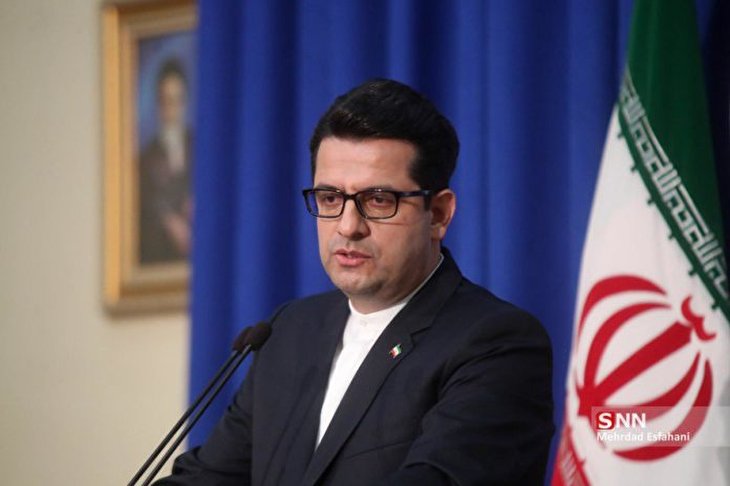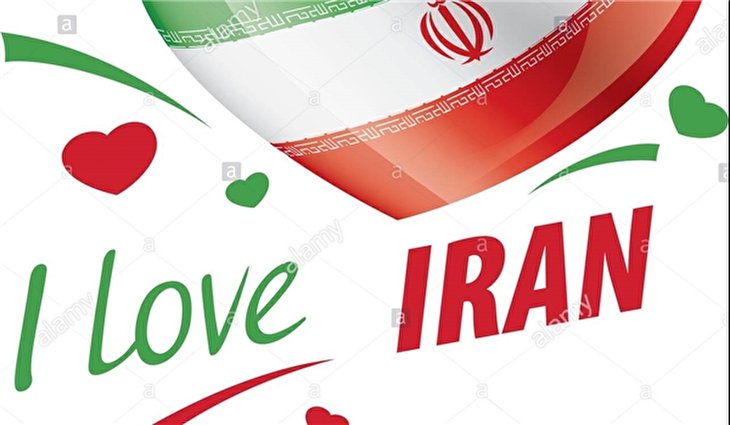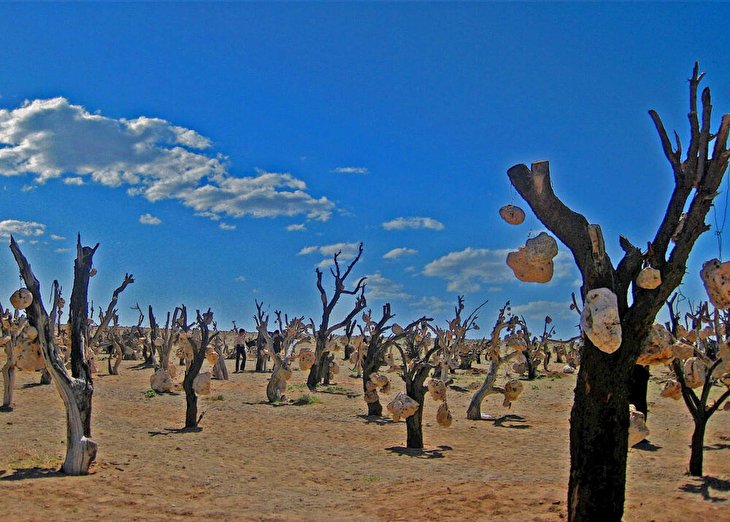
Is OPEC stuck in a cycle of endless cuts?

This view of the future says a lot about the cartel’s policies in facing the ever-growing U.S. shale which is casting a dismal shadow over the future role which OPEC members are going to be playing in the global oil market.
According to the latest WOO report, OPEC expects its production of crude oil and other liquids to decline to 32.8 million barrels per day (bpd) by 2024 from its current 35 million bpd. This means that the cartel plans to go further with its plans for cutting production even after the current pact is over in 2020.
Considering the significant growth in U.S. shale production over the past few years, and to be exact, since the OPEC decided to cut production in order to relieve the negative impact of U.S. shale’s flow on oil prices, it seems that although OPEC efforts have paid off partially but they have also supported the further expansion of shale production by giving them more market share.
How OPEC sees the future of oil market and its own condition in the future, raises the question that for how long is the group going to continue these “cuts”? And is it going to be enough to maintain the significant role which the cartel has had as an influential body in the global oil market?
***The report
Before we go through the above-mentioned questions and discuss some possible answers, let’s take a look at some of the important information presented in recent WOO.
Two major aspects of the market are import to take into consideration here, first of which is production, and the second is consumption.
In the production part, as we mentioned earlier the organization sees its own production falling about seven percent in the mid-term. While according to the data provided, the cartel expects U.S. shale output to reach 16.9 million bpd in 2024 from the current 12.0 million bpd.
This prediction means that the Middle East-dominated group has accepted defeat against U.S. shale producers and sees no way forward except further contracting to prevent the prices from falling.
In the consumption part on the other hand, once again, OPEC sees demand for its oil diminishing in the mid-term and cites rising climate activism and growing use of alternative fuels as some of the reasons for the reduction in mid-term oil demand. The true reason, however, lies somewhere else.
The producer of one-third of the total global oil expects oil consumption to reach 103.9 million bpd in 2023, down from 104.5 million bpd in last year’s report. Longer-term, oil demand, however, is expected to rise to 110.6 million bpd by 2040, although still lower than last year’s forecast.
***Further cuts
In the past few years, OPEC has been reducing its oil output under a pact with the support of Russia and some other non-OPEC nations to rebalance the oversupplied market.
Many oil experts and analysts have been recently arguing for an extension in the cuts deal, considering the emerging signs of a slowdown in global economic growth under the shadow of the U.S.-China trade war and a subsequent slowdown in oil demand.
Back in October, OPEC Secretary-General Mohammad Barkindo had announced that deeper cuts in the organization’s oil supplies were one of the options for OPEC and its allies to consider in their upcoming gathering in December.
It should be noted that Russia and Saudi Arabia as two main poles of the OPEC and non-OPEC alliance (known as OPEC+) have slightly different views about the need for further extension of the pact. Russia sees the current range of prices at about $60 good enough while the kingdom requires higher prices to go through with its ambitious Aramco IPO.
***The broken cycle
What OPEC has presented in its latest report suggests that the cartel’s policy of controlling production is having an opposite impact. The skyrocketing U.S. shale production levels indicate that OPEC cuts are positively encouraging shale producers to increase their output more and more, and that will not only halt prices from rising but will also reduce OPEC's share of the global market day by day.
In this regard, many analysts believe that OPEC should once again take into account the warnings of the former Saudi Oil Minister Ali al-Naimi, who had previously predicted that “OPEC’s production cuts only creates more production opportunity for U.S. shale oil and consequently the organization would be caught up in an endless maze of production cuts.
***Final thoughts
With OPEC's report pointing to several production challenges from its competitors, the cartel doesn’t seem to be much concerned about the demand side.
According to the report, world crude oil consumption will continue to grow up to 2040, so that by 2024 the demand for crude oil will increase one million barrels a day to reach 104.8 million bpd. The demand growth will then continue at a slower pace, reaching 110.6 million bpd by 2040.
OPEC's share of the mentioned 110.6 million bpd will be 44.1 million bpd, the report says.
So, it seems that OPEC believes it should continue holding its pact with the non-OPEC allies for a few more years when the growth in global oil demand would offset the increase in U.S. shale production and once again rebalance the market.
Source: TehranTimes















